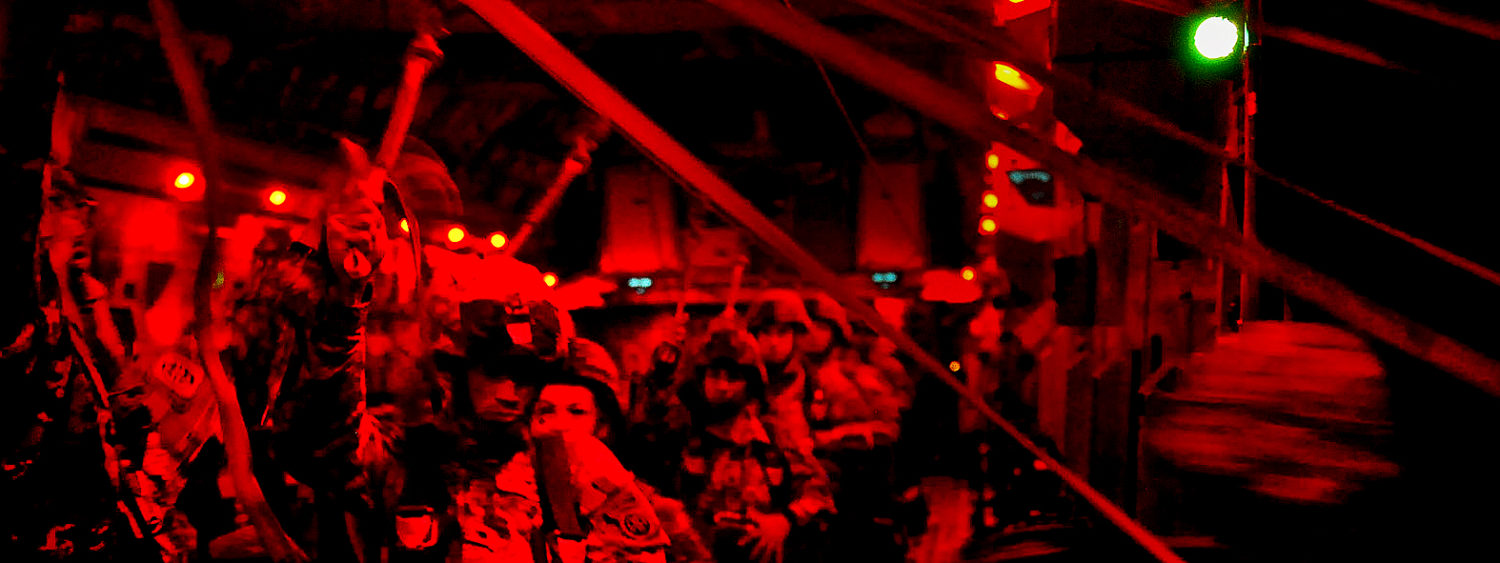We often enter new positions or jobs with some pre-conceived notions In July of 2018, as I prepared to take over a basic combat training (BCT) company, I had a few expectations. I thought I would spend the majority of my time with a team of highly effective and well-trained non-commissioned officers who were charged to transform volunteer civilians into soldiers. This proved to be true. But I did not expect to be mentoring or managing junior officers. In an effort to increase the ratio of leaders-to-led in basic training, the Center for Initial Military Training is working to place a Lieutenant (Platoon Leader) in each basic training platoon. There are many constants and foundational tenants to developing junior officers across billets. But there are also nuances to being a platoon leader in a basic combat training company that requires a tailored approach.

Longevity
Regardless of the unit-type, it is a leader’s responsibility to develop their team and their individuals. For battalion and company commandeers, this includes lieutenants. At a basic combat training unit, most junior officers are in the unit for a year and spend that time as a platoon leader. They are simply not in the unit long enough to progress through different jobs, multiple bosses, or a full training cycle. As tempting as it may be to maintain a miniature company staff, we need to maximize their time working with Drill Sergeants to make the most of their assignment.
I rapidly pushed my platoon leaders down to their Senior Drill Sergeants, charging these NCOs to develop their officer counterparts into an asset. While I engage with my PLs on higher headquarters intent and planning, the technical skills and practical knowledge they gain reflects that NCOs involvement and dedication. Further, the short operational cycles allow them to repeatedly execute a plan through to completion, adjust that plan, and then execute a similar mission set to implement the lessons they learned.
Experience
Platoon leaders range from prior-service E6s fresh from an initial assignment to Korea to pre-BOLC officers. My PLs were overwhelmingly Officer Candidate School graduates, most of whom had prior-service experience as NCOs. I used the phrase “be the officer you wanted to have as an NCO,” often. It was a reminder to be like the better leaders and role models of their past. This proved effective to get my PLs in the mindset to seek to lead and learn with their Drill Sergeants. Again, these officers won’t see the full spectrum of jobs that a Lieutenant would normally cycle through in a battalion; they are here solely to be platoon leaders.
Nonhomogeneous Branches
Platoon Leaders have fundamentally different experiences and languages than you do because you probably don’t share a branch. The effective employment and development of my PLs has required me to learn several different educational backgrounds, professional timelines, and branch requirements. I push my FA PL to shadow their executive officer more closely in order to see training and logistics resourcing at the end-user level. Meanwhile, my AG and FI PLs serve as my liaison to the S1 and S4 shops so that their experience will be more tailored to their future duties.
I started my career as a Company Fire Support Officer and Battery Executive Officer. This prepared me to interact with junior soldiers and accomplish physically demanding tasks in a loud and chaotic environment. An AG Lieutenant will cut their teeth as a Battalion S1 or Brigade strength manager. These roles will involve more interaction with Chief Warrant Officers and NCO’s than with junior soldiers. Having said that, Brigade Headquarters may be just as loud and chaotic as a battery firing point.
–
The immutable truth is that these officers are here to fill a capability gap. They exist to lessen the administrative burden on the drill sergeants. We need to prepare them for their future roles, but shouldn’t overlook the importance of their current roles. Administrative and logistical duties burden our drill sergeants and drain time that these NCOs could invest in bettering trainees. Any minute these master trainers spend not training should be heavily scrutinized. Platoon leaders at basic training free-up drill sergeants to maximize their capacity as trainers.
The commander manages training for the company. Company commanders should assess these platoon leaders’ ability to plan and execute their assigned blocks of training. This assignment represents an opportunity for those officers to closely interact with highly effective NCOs. Junior officers will learn from the example these NCOs set. They will build and fine-tune habits that they will carry throughout their careers.
Subscribe to The Company Leader!
